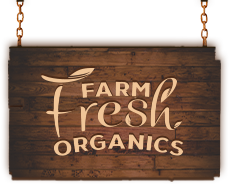Pumpkin
Wednesday, November 16th, 2016 | crankit
My Oh My, Sweet Pumpkin Pie
Curcubita maxima/mixta/pepo
History
The pumpkin, along with other squashes, is native to the Americas. It comes in a variety of colours ranging from white and peach to even blue and aqua. The Native Americans cultivated, dried and made pumpkin into a type of flour. The Chinese named the pumpkin Emperor of the Garden. The pumpkin is a symbol of fruitfulness, rebirth and health.
One of Aesop’s fables tells tale of a man who lay beneath an oak tree, criticising the Creator for hanging a tiny acorn on so huge a tree, but an enormous pumpkin on such a slender vine. The story ends with an acorn falling from the tree and hitting him on the nose.
Irish legend has it that there was a man named Jack who, forbidden to enter Heaven because of his stinginess and barred from Hell because of his practical jokes, was condemned to walk the earth with his lantern until Judgment Day. Is this the same Jack of the Jack-o-lantern fame, carved out for Halloween?..
Source of
Vitamins A, C; potassium, folic acid; and some B vitamins.
Good for
High in antioxidant carotenoids. Helpful for cancer, the heart and cataracts. Also know as a diuretic and laxative.
Organic vs Non-organic
Non-organic pumpkins are not generally very heavily treated with chemicals. Most commonly used are fungicides and herbicides as well as fertilizer: in 1998, Leonard Stellpflug of New York trucked a 653 pound pumpkin to the annual World Pumpkin Confederation weigh-in. When asked how he grew it, Stellpflug shrugged and said, “Well-rotted manure and twenty-two pounds of fertiliser per plant.”
Organic pumpkins are allowed to grow more slowly and thus develop a deeper colour, fuller flavour and more nutrients.
